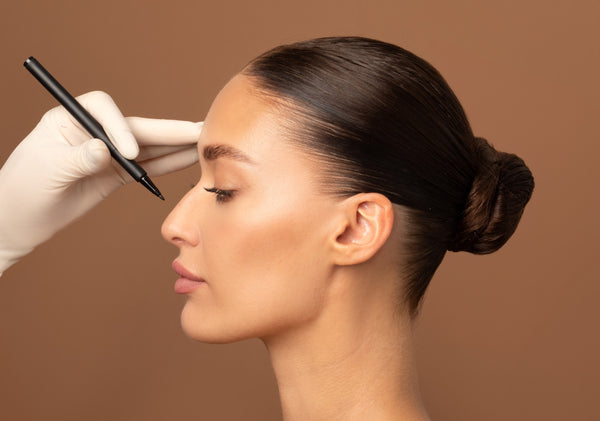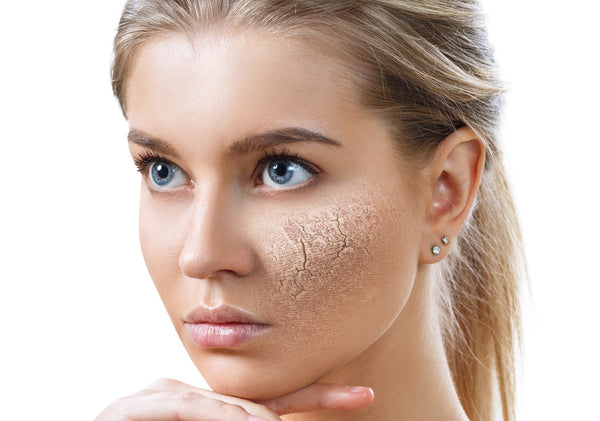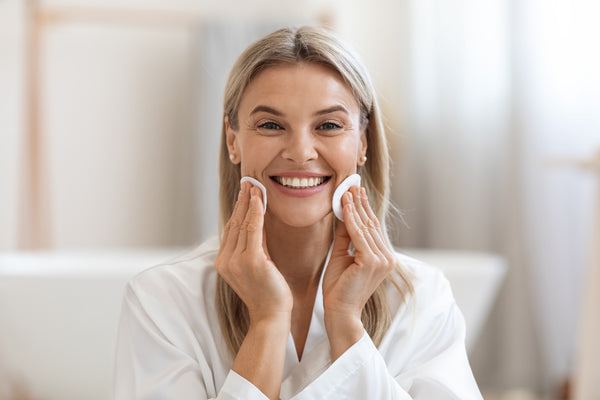Botox Injections – What You Need To Know About

Botox Injections Procedures, Risks and Alternatives
Botox is becoming an increasingly popular way for women (and men) to rejuvenate their skin and look younger. But what exactly is botox, and how does it work? Moreover, are there any risks involved with the procedure? This article answers all of these questions and more.
What is Botox?
The full, scientific name for botox is Botulinum Toxin. It is produced by a bacterium and was discovered over one hundred years ago; however, it was only in the last few decades that botox was seen to have a practical use in treating muscle spasms.
Nowadays, botox is used to treat a range of ailments, from lazy eye and uncontrolled blinking to back and neck pain. But botox is most widely used by the cosmetic industry as a non-surgical means of smoothing out lines and facial creases. By blocking certain nerve impulses, botox stops the muscle contractions that lead to wrinkles.
What is the procedure?
The botox application is relatively simple, and does not require an anesthetic. A fine needle injects the botox into the skin in the desired area, and the full procedure takes only a few minutes. In order to minimize the risk of bruising, you are advised to avoid alcohol and anti-inflammatory medication for two weeks prior to the procedure. The beneficial effects of botox usually last between three to four months.
What are the risks and side effects?
Medical authorities consider botox to be a very safe procedure. Most people only experience mild discomfort when botox is applied, but some patients experience minor bruising, swelling, and headaches.
If too much botox is applied, it can cause a “frozen look” whereby too many of the face’s muscles have been immobilized. It is important patients seek a qualified plastic surgeon or medical professional and communicate the look they are trying to achieve to make sure the Botox is applied in a way to achieve this.
How much does it cost?
Botox is usually priced at around $10 to $18 “per unit” – The cost varies with whether a board certified plastic surgeon or dermatologist is applying it, or a nurse or other medical technician in a spa. Beware of deals that are too cheap since they may not be using Botox from an FDA approved supplier. Different areas require different amounts to treat. For example for the horizontal lines of the forehead – this requires anywhere from 12-20 units to treat. The “11” is anywhere from 10-14 units. The amount varies with each person’s anatomy.
Are there any natural alternative treatments?
Because of the well-publicized success of botox in making people appear younger, a number of natural treatments have come onto the market. These claim to achieve the same result, but without the need for needles, and at a reduced cost.
Among the non-injectable products available are Frownies, serums, washes and moisturizers and anti-oxidants. Nothing is as effective as Botox which acts at the neuromuscular junction to prevent muscle contractions that create wrinkles but a good skincare regimen of cleansers and moisturizers is important for overall skin maintenance.








